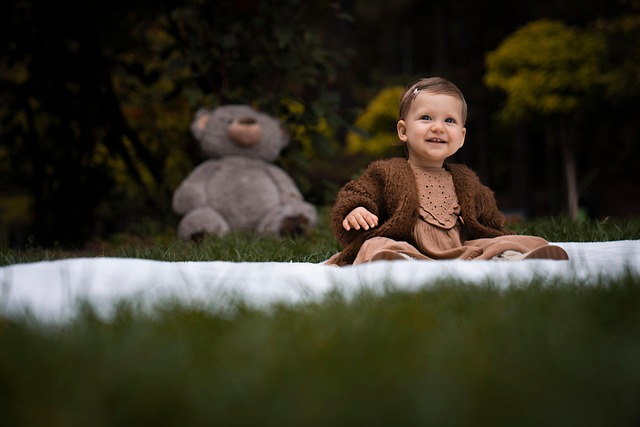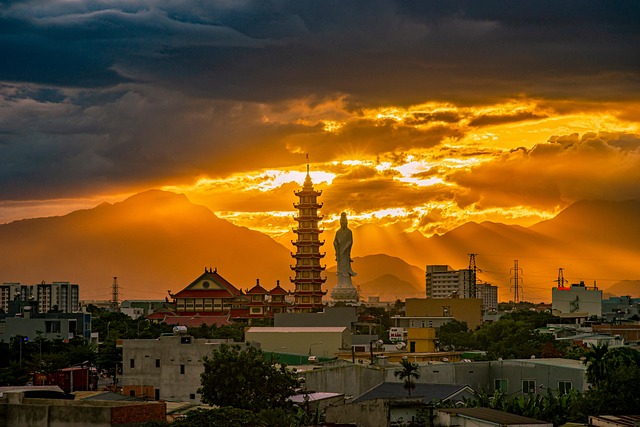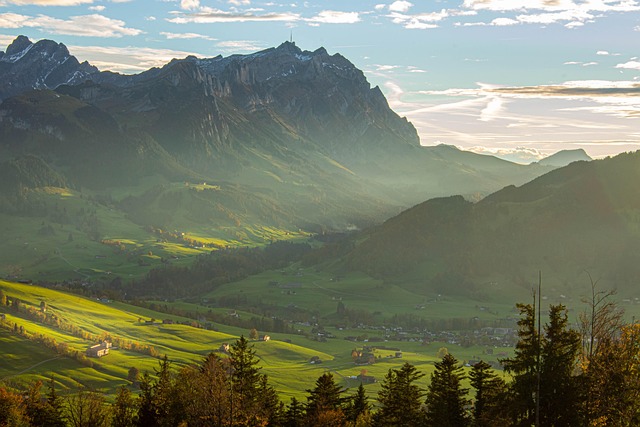Festivals have always been a time of joy and camaraderie, where communities come together to celebrate life’s precious moments. At the heart of many of these gatherings lies an intricate tapestry woven from religious beliefs and practices that enhance the spirit of celebration. By embracing the sacred, we often find that our festive interactions are enriched with deeper meaning and connection.
Religion plays a pivotal role in shaping our celebrations. For many, these occasions are not merely an excuse to indulge in feasting and festivities, but an opportunity to honor divine principles and commemorate sacred traditions. From the explosive colors of Holi in India to the reflective solemnity of Lent in Christianity, religious observances provide a framework that enhances the vibrancy of our celebration.
Take, for instance, the rich tapestry of Christmas. While it is widely recognized for its jovial spirit and gift-sharing, the essence of the holiday lies in the celebration of the birth of Jesus Christ. Attending midnight mass, singing carols, and decorating nativity scenes serve as spiritual practices that bind communities together. It is during these celebrations that individuals express gratitude and reflect on their faith, creating heartfelt memories amidst the festivities.
In many cultures, religious celebrations coincide with the changing seasons, allowing people to connect with nature as they engage in rituals. Harvest festivals, like the Jewish Sukkot or the Hindu Makar Sankranti, celebrate the bounty of the earth and express gratitude for provisions. These events invite members of the community to gather, share meals, and participate in vibrant ceremonies, fostering bonds and creating a sense of belonging.
Furthermore, embracing religion can bring about unique dimensions to celebrations. Festivals such as Ramadan in the Islamic faith transform the act of fasting into a joyous and communal atmosphere. Each day culminates with gatherings where families break fast together, symbolizing unity and reinforcing relationships. This sacred practice transforms the experience of celebration from a superficial event to a deeply rooted tradition that shapes perspectives and lifestyles.
Dance, music, and art often emerge as essential elements in religious celebrations. For instance, the exuberant dances during Diwali not only symbolize the triumph of light over darkness but also serve to strengthen bonds among family and friends as they celebrate together. The melodies that waft through the air during cultural ceremonies invite everyone to partake in the spirit of joy, connecting people of different ages and backgrounds through shared experience.
In addition, the power of rites and rituals ensures that the essence of celebration is preserved over generations. Whether it’s the lighting of candles during Hanukkah or the chanting of mantras during Navaratri, these practices guide individuals on a spiritual journey that enriches their understanding of faith and community. In these moments, the act of celebration evolves beyond mere festivities, tapping into profound spiritual significance.
Moreover, participating in religious celebrations can serve as a source of comfort and reflection during challenging times. The various rituals and gatherings allow individuals to seek solace in their faith community, offering hope and a sense of belonging during difficult periods. Celebrating together creates a collective resilience, reminding individuals that they are not alone in their struggles.
As we continue to navigate an increasingly secular world, the role of religion in celebration remains vital. It reminds us to pause, reflect, and honor the sacred aspects of life that often go unnoticed in our fast-paced surroundings. It facilitates moments of joy that are deeply rooted in tradition, intertwining our personal stories with the larger narrative of humanity.
In essence, embracing the sacred through religion enhances our celebrations, providing not just a reason to gather but also a meaningful context that enriches our experiences. The intertwining of faith and festivity creates a profound opportunity for connection, belonging, and joy—elements that define the beauty of human existence.




